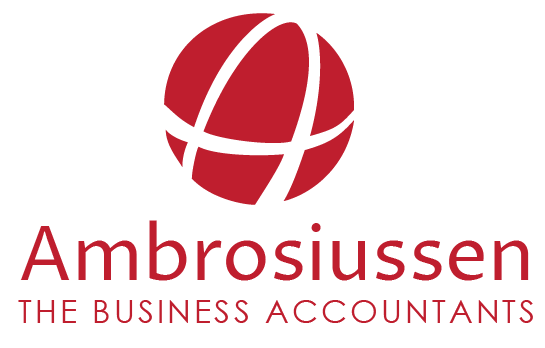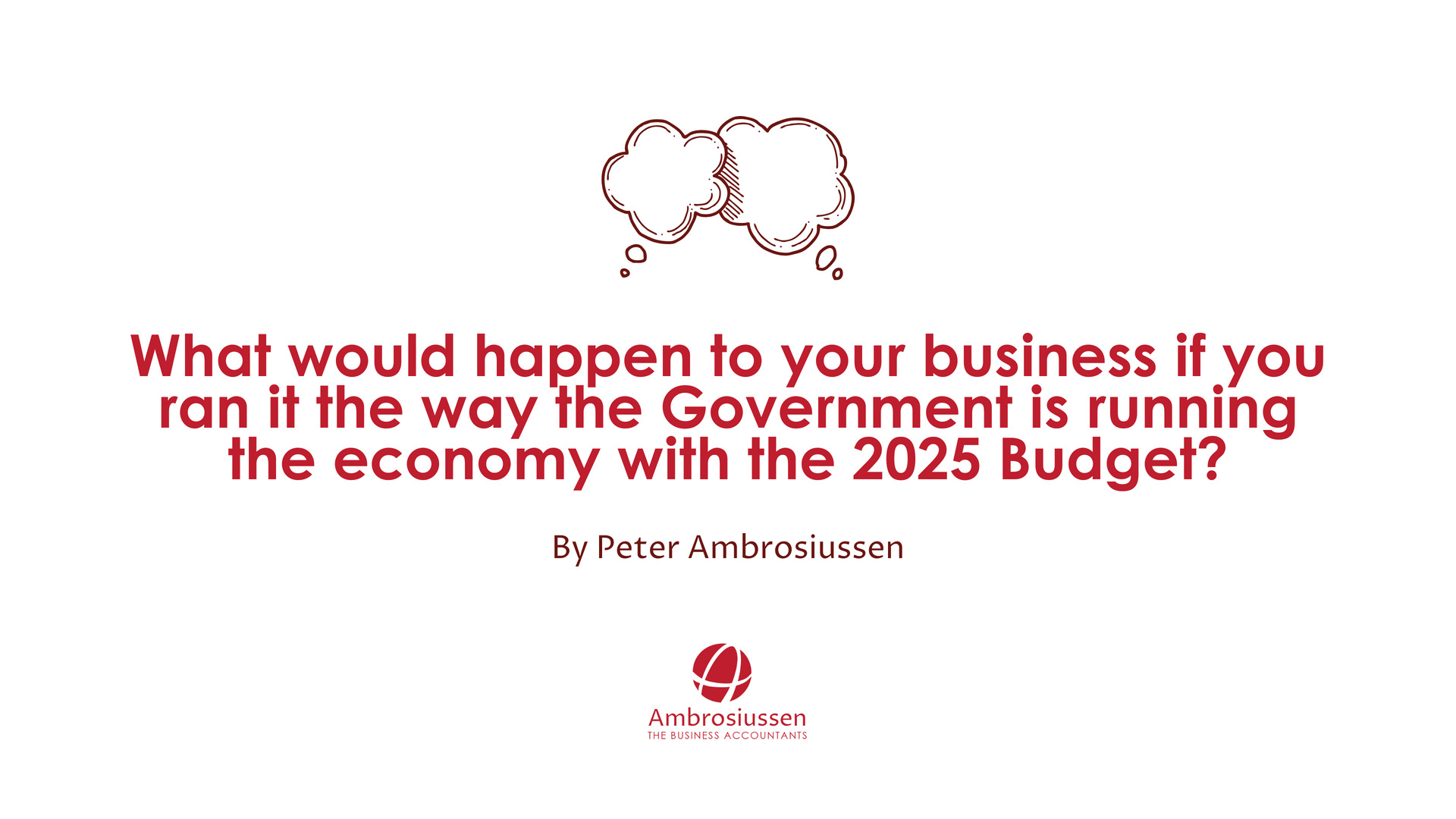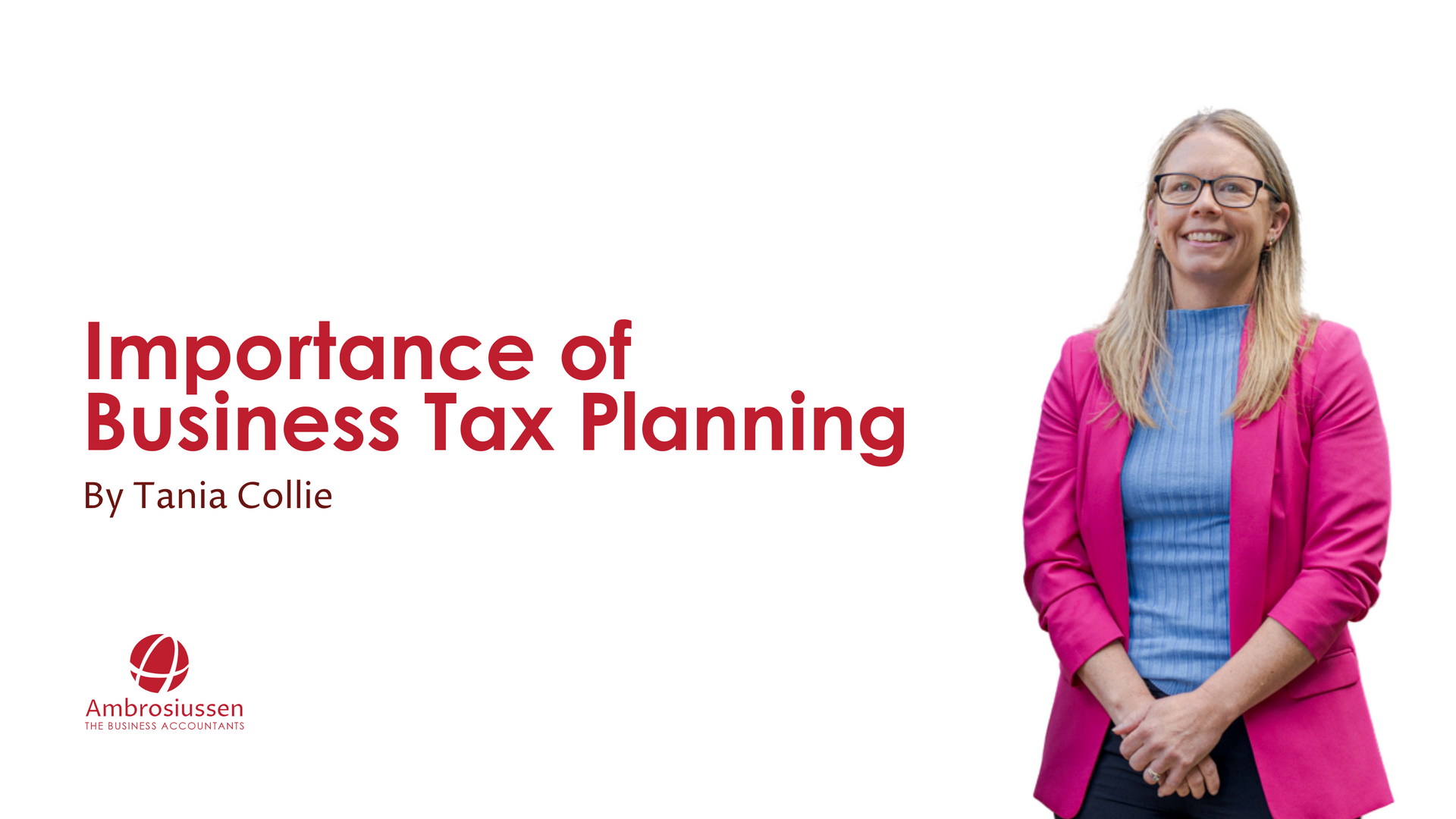Don't Let Your Business Run on Empty: The Importance of Cash Flow Monitoring
Tania Collie
October 31, 2024
Rather listen to this blog? Click play below.
Imagine your business as a road trip. You wouldn't set off without checking the fuel gauge and planning for refills, right?
Similarly, understanding your current and future cash flow is crucial.
Understanding Key Levers and Drivers in Cash Flow and Profitability
A proactive approach to cash flow will help to ensure you are putting enough cash away and do not fall short or hit empty. There are profitable businesses that are put into administration because even though they are making profits they run out of cash and cannot pay their bills as they are due.
Recognising how specific levers and drivers of operations influence cash flow and profitability is essential. For instance, regularly monitoring the gross profit margin percentage (GP%) on a weekly or monthly basis can reveal emerging issues before they become significant problems. The management of work-in-progress, raw materials, finished goods, and inventory requires close attention as these areas can significantly impact cash flow.
While these assets represent potential future revenue and profit, they also tie up cash that is not immediately available for other business needs like paying taxes and bills. This situation creates a financial holding pattern where cash is invested in short-term assets but not yet received through sales and subsequent customer deposits.
Accurate Financial Records and Cash Flow Planning
Getting a true indication of the current state of the business can only be achieved by having your books up to date. Many business owners run the business by what is in the bank account at any one time. This is deceiving because current and upcoming obligations are not factored in.
Invoicing customers as soon as the work is completed, managing inventory turnover, and being fully aware of your obligations and amounts the business owes are critical to planning ahead and not being caught short of cash.
All business obligations, including future tax obligations, must be considered to ensure enough cash is put aside. In addition to the assets mentioned previously, planning ahead to manage future tax obligations assists with managing cash flow. A good strategy is to have a separate bank account for taxes. Having an estimate of what your tax liabilities are likely to be, and when they need to be paid to the ATO is critical information to use in planning.
One way to plan for the coming months is to create a simple cash flow projection that looks at regular outgoings and expenses and purchases of inventory, assets, tax payments, and employee obligations. On the income side, estimating when sales are expected to be received in cash is key to planning.
Cash Flow as the Fuel of Business
Cash flow is an important indicator in business, and just like fuel for a car if you have no fuel a car won’t operate. Once the business starts getting behind in obligations and failing to make payments on time, action needs to be taken immediately. If strategies and plans are not put in place as soon as possible it can be hard to get back on track.
Profitable businesses can and do go broke because of a lack of cash flow at the right time to pay the bills - while waiting to get paid for sales or holding lots of inventory.
Using the road trip example, if you have a great car (a good profitable business) but run out of fuel (cash) along the way, it won’t be the yellow RACQ roadside assist ute coming to help you - but the tax office and creditors asking for their money.




